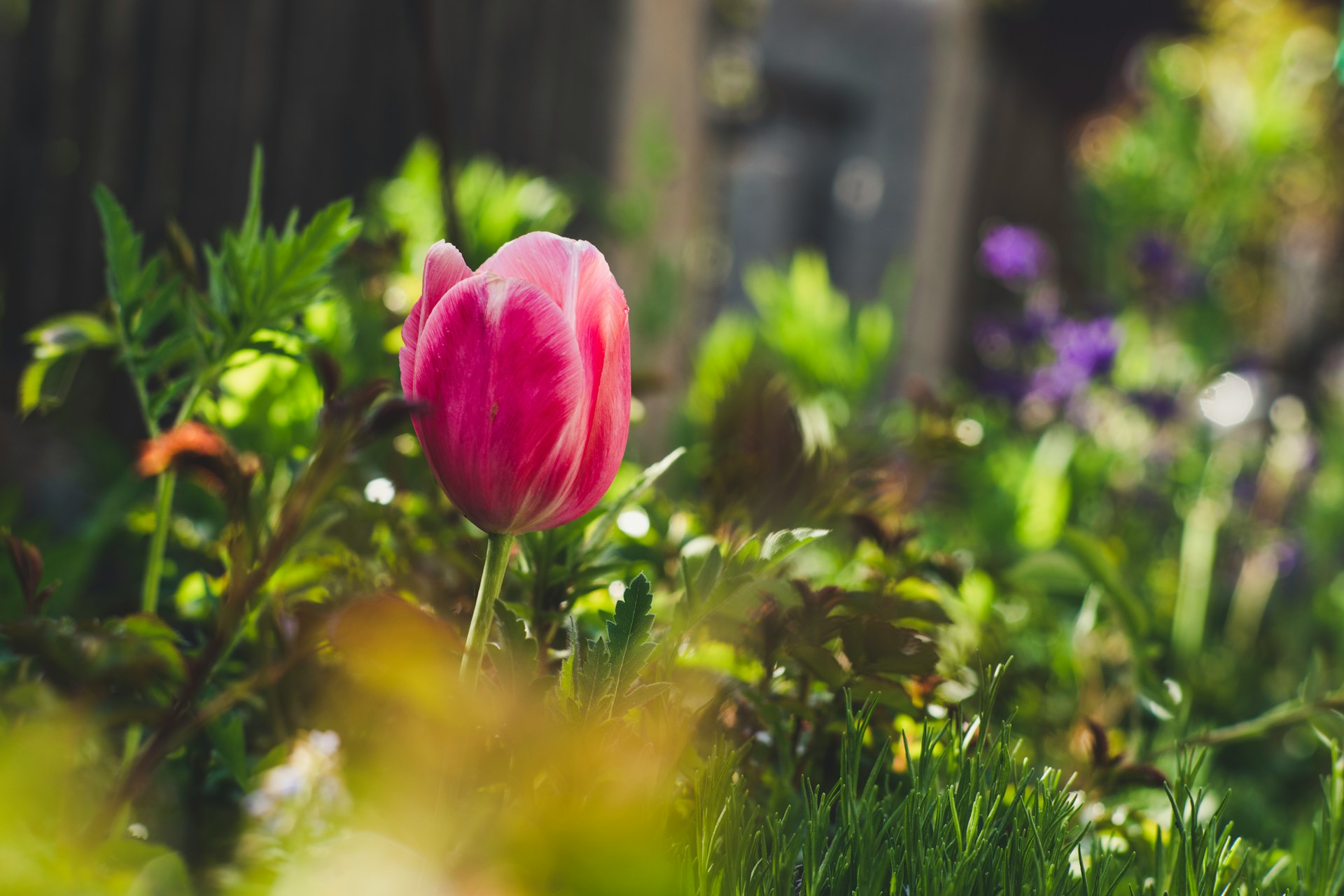Ensuring the safety and happiness of your pets is of utmost importance. You want to create a space where they can play and relax, but also a place where you don’t have to worry about them getting into trouble. One of the best ways to achieve this is by developing a pet-friendly garden. A space where your dogs and cats can explore, play, and relax, all while remaining safe and secure. This article delves into how you can transform your garden into the ultimate pet-friendly sanctuary.
Understanding Your Pet’s Behaviour and Needs
Before you can start redesigning your garden, you must first understand the behaviours and needs of your pets. Dogs and cats have different requirements, and it’s essential to cater to these when designing your pet-friendly garden.
A lire aussi : Crafting an Eco-Friendly Rain Garden for Your Coastal Welsh Home: A Complete Guide
Dogs, for instance, are naturally active and playful animals. They require plenty of space to run around and play. If you have a dog, consider including a spacious area in your garden where they can frolic. A good-sized grassy patch will work perfectly for this. On the other hand, cats love to climb and hide, so consider creating vertical spaces like shelves or adding cat-friendly trees.
Additionally, dogs love to dig. While you might not want them digging up your prized flower beds, you can cater to this natural instinct by designating a specific area for them to enjoy this activity.
Lire également : What’s the Best Way to Grow Tomatoes in a UK Conservatory?
Choosing Pet-Friendly Plants
When selecting plants for your garden, you must consider which ones are safe for your pets. Many common plants can be toxic to dogs and cats. Before adding any new plant to your garden, do thorough research to ensure it won’t harm your furry friends.
For example, lilies are toxic to cats, and azaleas can be dangerous for dogs. On the flip side, plants such as sunflowers, marigolds, and snapdragons are safe for both pets and can add colour and vibrancy to your garden.
When planting, keep in mind that dogs especially might be tempted to dig up newly planted areas. To prevent this, consider using raised beds or protective barriers around your flower beds to keep your pets out.
Creating a Safe and Secure Boundary
A key aspect of a pet-friendly garden is ensuring it is secure. You don’t want to worry about your pets escaping or becoming injured by a poorly designed fence. Hence, you need a sturdy and safe boundary around your garden.
A secure fence is particularly crucial if you have dogs. It needs to be high enough that they cannot jump over it, and it should also be burrow-proof to prevent them from digging under it. If you have cats, you may need to consider a specialist cat fence or netting, as cats are skilled climbers and can easily scale a traditional garden fence.
Including Pet-Friendly Amenities
In addition to considering your pet’s behavioural needs and safety, it’s also important to add amenities that will enrich their outdoor experience.
For dogs, consider including a water feature where they can cool off on hot summer days. This could be a shallow pond or a sprinkler system they can run through. Alternatively, you could incorporate a sandbox specifically for them to dig in.
For cats, consider adding a catnip patch. Catnip is non-toxic to cats, and most felines are attracted to it. Having a dedicated catnip patch will provide them with hours of entertainment.
Regular Maintenance is Key
Lastly, regular maintenance is crucial in keeping your garden pet-friendly. This includes regularly checking for any hazardous items like sharp objects or toxic substances, ensuring fences are still secure, and plants are healthy.
Remember, creating a pet-friendly garden is not a one-time event but an ongoing process. It requires regular checks and updates to ensure it remains a safe and enjoyable space for your furry friends.
Despite the effort and time required, the rewards are immense. After all, there’s nothing quite as satisfying as watching your beloved pets frolic and play in a garden designed with their needs and happiness in mind.
Remember, creating a pet-friendly garden is a testament to the love and care you have for your pets. It shows that you are willing to go the extra mile to ensure they are not only safe but also happy and entertained. A pet-friendly garden is a win-win for everyone, a tranquil space for you and a play paradise for your pets.
Integrating Artificial Grass for Pet Use
Artificial grass has become a popular choice for many pet owners, mainly due to its durability and low maintenance. However, it is vital to ensure that the artificial grass you choose is pet-friendly.
When dogs love to romp around, traditional grass can quickly turn into a muddy mess, especially during the rainy months. However, with artificial grass, you won’t have to worry about muddy paws and it’s easy to clean up any messes. This is a significant advantage for dog-friendly gardens, as dogs love to play regardless of the weather.
Artificial grass is also non-toxic, making it safe for your pets. However, not all artificial grass is created equal. Make sure to choose a high-quality option that is resistant to wear and tear, as well as UV protected to prevent fading.
One of the best things about artificial grass is that it can deter pests like slugs and snails, which can be harmful to your pets if ingested. With artificial grass, you can create a dog-friendly outdoor space without the risk of harmful pests.
Innovative Garden Design Ideas
Innovating with your garden design can significantly enhance a pet-friendly garden. Consider creating different zones for various activities. For instance, you can create a living room atmosphere with outdoor furniture for both you and your pets to relax.
Another innovative idea is to incorporate obstacles or play structures for your pets. For instance, you can create a makeshift agility course for your dog with tunnels, ramps and hoops. This not only provides exercise for your pets but also keeps them mentally stimulated.
For cats, you can create vertical structures for them to climb, like a cat tower or shelves on the fence. Cats also love to observe their surroundings from a height, so providing them with a vantage point can keep them entertained for hours.
When designing your garden, consider your pets’ needs as well as your own. A well-designed garden can be a source of joy for both you and your pet.
Conclusion
Creating a pet-friendly garden involves much more than just enclosing an outdoor space. It requires a keen understanding of your pets’ needs, habits and preferences. From selecting non-toxic plants and installing a secure fence to integrating artificial grass and planning out an innovative garden design, there are many aspects to consider.
However, the effort put into creating a pet-friendly garden pays off when you see your pets freely and safely enjoying the outdoor space. It assures you that they are not only protected but also have a stimulating and enjoyable environment to play and relax in.
Remember, your garden is not just about the plants and aesthetics. It’s about creating a space where your pets feel as comfortable and welcome as they do in your living room. Ultimately, a pet-friendly garden is a testament to the bond you share with your pets, and it shows your commitment to their happiness and well-being.
















